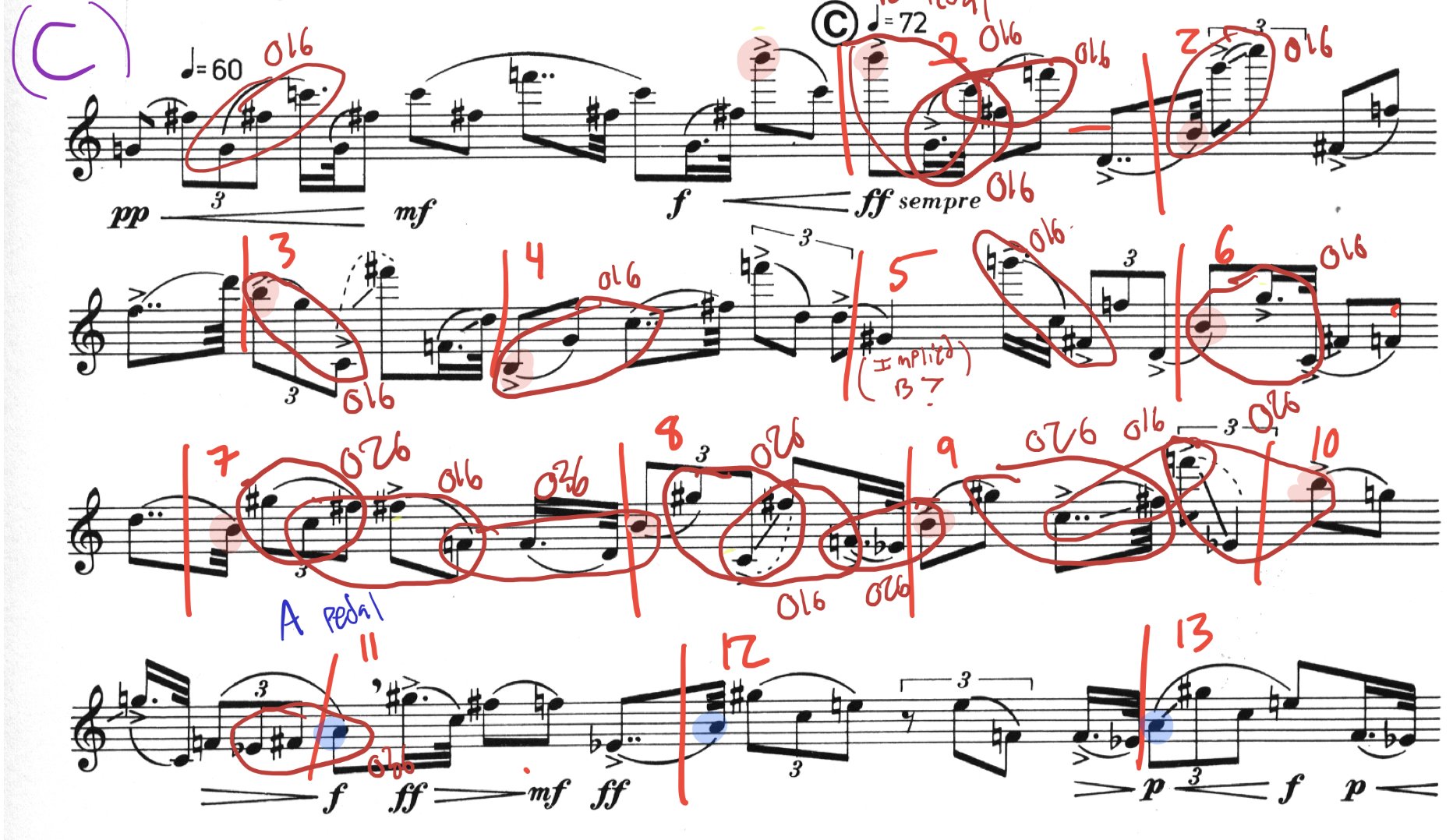
Browse Posts by Category
Browse Posts by Date
- April 2025
- March 2025
- November 2024
- October 2024
- December 2023
- October 2023
- August 2023
- May 2023
- March 2023
- February 2023
- January 2023
- December 2022
- October 2022
- August 2022
- July 2022
- May 2022
- April 2022
- March 2022
- February 2022
- January 2022
- November 2021
- October 2021
- September 2021
- August 2021
- July 2021
- May 2021
- April 2021
- March 2021
- February 2021
- December 2020
- November 2020
- October 2020
- September 2020
- August 2020
- July 2020
- June 2020
- May 2020
- April 2020
- March 2020
- October 2019
- September 2019
- July 2019
- June 2019

The Development of Luciano Berio's Sequenza IX and Its Implications for Performance Practice
Luciano Berio’s Sequenza IX continues to be a bifurcated work filled with incongruities between its clarinet (IXa) and alto saxophone (IXb) versions. Dozens of unexplained discrepancies exist between these two versions, such as differences in pitch, rhythm and temporal duration, missing material, and expressive markings.

More than a Rough Draft: Debussy’s Rapsodie Pour Orchestre et Saxophone
The standard repertoire of the concert saxophone is an eclectic collection of works by composers who are generally not considered to be household classical staples. Supplementing these esoteric titles are a small amount of works written by better known composers, among most famous of which being Claude Debussy and his Rapsodie pour Orchestre et Saxophone (1903). Despite the significance of a composer like Debussy writing for the saxophone and his relative fame in comparison to other composers in of concert saxophone’s standard repertoire, Rapsodie remains largely unrecognized by musicologists in the context of Debussy’s compositional output and musical development.



